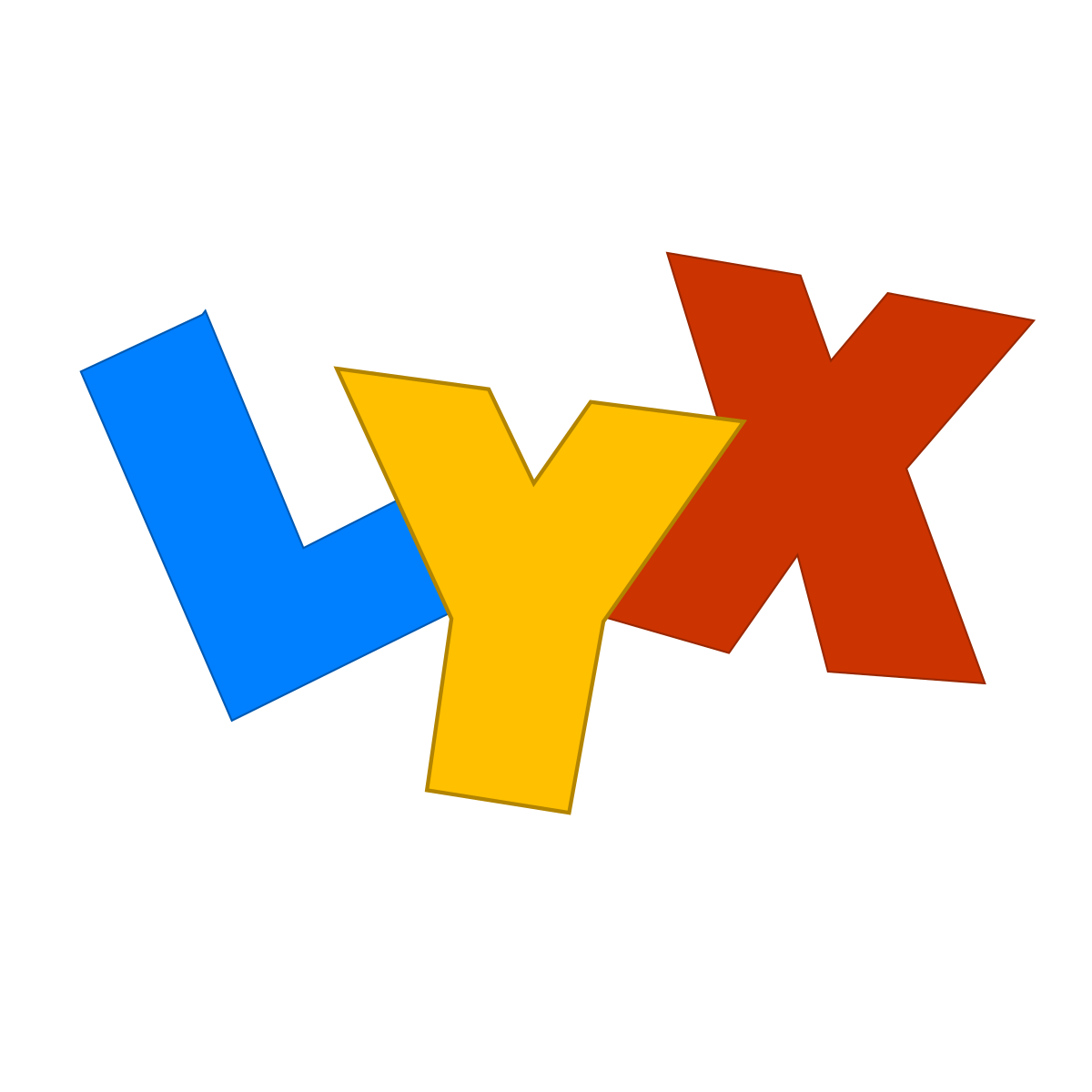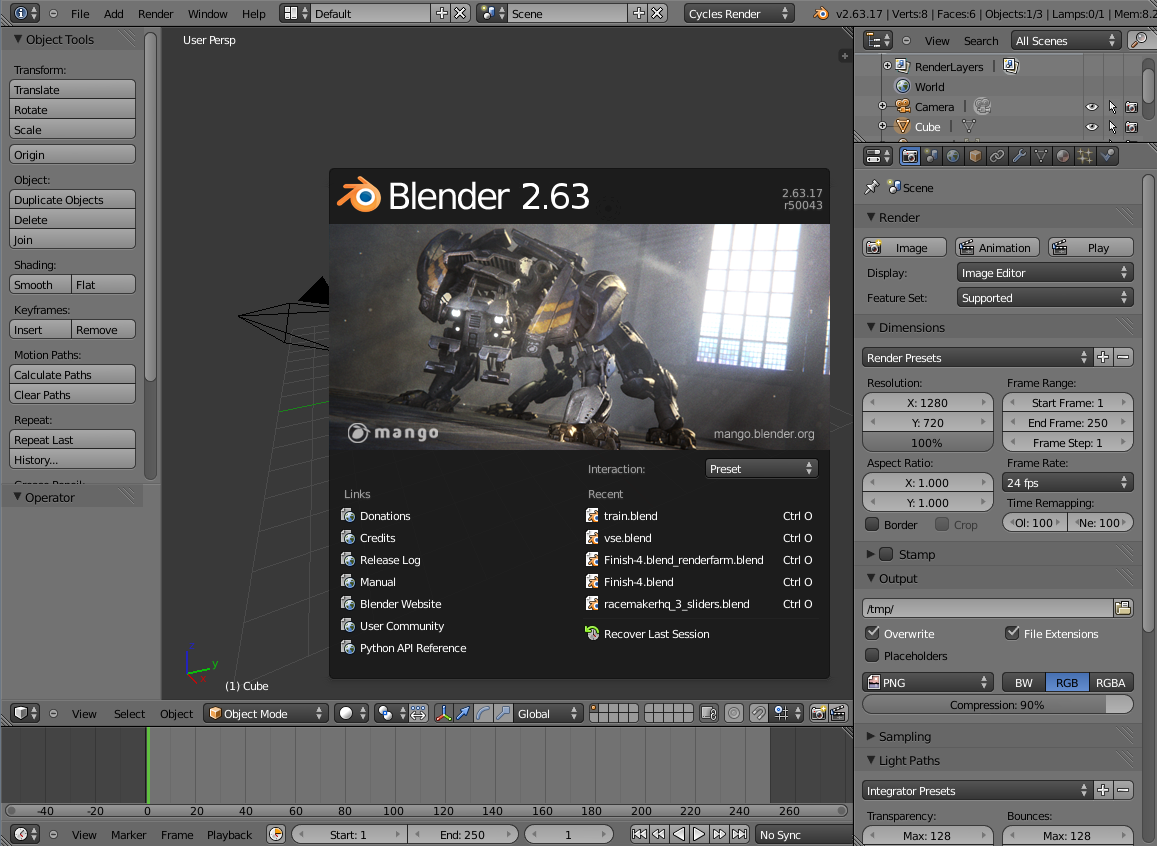The following example uses a GitHub host, but you can use any Git host for version control in Visual Studio for Mac. To set up a Git repository, execute the following steps: Create a new Git repo at github.com: Set Repo Name, description, and privacy. Do not initialize Repo. Set.gitignore and license to. GitX is a git GUI made for Mac OS X. It currently features a history viewer much like gitk and a commit GUI like git gui. But then in silky smooth OS X style! Features Detailed history viewer Nice commit GUI, allowing hunk- and line-wise staging. Not an alternative? Report a problem.
There are multiple ways to install Git on mac. It comes inbuilt with Xcode or its other command-line tools. To start the Git, open terminal and enter the below command:
The above command will display the installed version of Git.
Output:
If you do not have installed it already, then it will ask you to install it.
Apple provides support for Git, but it lags by several major versions. We may install a newer version of Git using one of the following methods:
Git Installer for Mac
This process is the simplest way to download the latest version of Git. Visit the official page of git downloads. Choose the download option for Mac OS X.
The installer file will download to your system. Follow the prompts, choose the required installer option. After the installation process completed, verify the installation was successful by running the below command on the terminal:
The above command will display the installed version of Git. Consider the below output.
Output:
Now, we have successfully installed the latest version on our mac OS. It's time to configure the version control system for the first use.
To register a username, run the below command:
To register an email address for the given author, run the below command:
Git Bash For Mac Os
To go in-depth with the git config command, visit Here.
Installation via MacPorts
Sometimes MacPorts also referred to DarwinPorts. It makes the straightforward installation of software on the Mac OS and Darwin operating systems. If we have installed MacPorts for managing packages on OS X, follow the below steps to install Git.
Step1: Update MacPorts
To update MacPorts, run the below command:
Step2: Search for the latest Ports
To search for the most recent available Git ports and variants, run the below command:
The above command will search for the latest available port and options and will install it.
Step3: Install Git

To install Git, run the below command:
We can also install some extra tools with Git. These tools may assist Git in different manners. To Install Git with bash-completion, svn, and the docs, run the below command:
Now, we have successfully installed Git with the help of MacPorts on our system.
Step4: Configure Git
The next step for the first use is git configuration.
We will configure the Git username and email address as same as given above.
To register a username, run the below command:
To register an email address for the given author, run the below command:
Install Git via Homebrew
Homebrew is used to make the software installation straight forward. If we have installed Homebrew for managing packages on OS X, follow the below steps to go with Git:
Step1: install Git

Open the terminal and run the below command to install Git using Homebrew:
The above command will install the Git on our machine. The next step is to verify the installation.
Step2: Verify the installation
It is essential to ensure that whether the installation process has been succeeded or not.
To verify whether the installation has been successful or not, run the below command:
The above command will display the version that has been installed on your system. Consider the below output:
Step3: Configure Git
We will configure the Git username and email address same as given above.
To register a username, run the below command:

To register an email address for the given author, run the below command:
Install Git on Mac OS X
There are several ways to install Git on a Mac. In fact, if you've installed XCode (or it's Command Line Tools), Git may already be installed. To find out, open a terminal and enter git --version.
Apple actually maintain and ship their own fork of Git, but it tends to lag behind mainstream Git by several major versions. You may want to install a newer version of Git using one of the methods below:
Git for Mac Installer
The easiest way to install Git on a Mac is via the stand-alone installer:
Download the latest Git for Mac installer.
Follow the prompts to install Git.
Open a terminal and verify the installation was successful by typing
git --version:Configure your Git username and email using the following commands, replacing Emma's name with your own. These details will be associated with any commits that you create:
(Optional) To make Git remember your username and password when working with HTTPS repositories, configure the git-credential-osxkeychain helper.
Install Git with Homebrew
If you have installed Homebrew to manage packages on OS X, you can follow these instructions to install Git:
Open your terminal and install Git using Homebrew:
Verify the installation was successful by typing which
git --version:Configure your Git username and email using the following commands, replacing Emma's name with your own. These details will be associated with any commits that you create:
(Optional) To make Git remember your username and password when working with HTTPS repositories, install the git-credential-osxkeychain helper.
Install Git with MacPorts
Git For Mac Os
If you have installed MacPorts to manage packages on OS X, you can follow these instructions to install Git:
Open your terminal and update MacPorts:
Search for the latest available Git ports and variants:
Install Git with bash completion, the OS X keychain helper, and the docs:
Configure your Git username and email using the following commands, replacing Emma's name with your own. These details will be associated with any commits that you create:
(Optional) To make Git remember your username and password when working with HTTPS repositories, configure the git-credential-osxkeychain helper.
Install the git-credential-osxkeychain helper

Bitbucket supports pushing and pulling your Git repositories over both SSH and HTTPS. To work with a private repository over HTTPS, you must supply a username and password each time you push or pull. The git-credential-osxkeychain helper allows you to cache your username and password in the OSX keychain, so you don't have to retype it each time.
If you followed the MacPorts or Homebrew instructions above, the helper should already be installed. Otherwise you'll need to download and install it. Open a terminal window and check:
If you receive a usage statement, skip to step 4. If the helper is not installed, go to step 2.
Use curl to download git-credential-osxkeychain (or download it via your browser) and move it to
/usr/local/bin:Make the file an executable:
Configure git to use the osxkeychain credential helper.
The next time Git prompts you for a username and password, it will cache them in your keychain for future use.
Install Git with Atlassian Sourcetree
Sourcetree, a free visual Git client for Mac, comes with its own bundled version of Git. You can download Sourcetree here.
To learn how to use Git with Sourcetree (and how to host your Git repositories on Bitbucket) you can follow our comprehensive Git tutorial with Bitbucket and Sourcetree.
Build Git from source on OS X
Git For Mac Os X
Building Git can be a little tricky on Mac due to certain libraries moving around between OS X releases. On El Capitan (OS X 10.11), follow these instructions to build Git:
From your terminal install XCode's Command Line Tools (if you haven't already):
Install Homebrew.
Using Homebrew, install openssl:
Clone the Git source (or if you don't yet have a version of Git installed, download and extract it):
To build Git run make with the following flags:
Install Git on Windows
Git for Windows stand-alone installer
Download the latest Git for Windows installer.
When you've successfully started the installer, you should see the Git Setup wizard screen. Follow the Next and Finish prompts to complete the installation. The default options are pretty sensible for most users.
Open a Command Prompt (or Git Bash if during installation you elected not to use Git from the Windows Command Prompt).
Run the following commands to configure your Git username and email using the following commands, replacing Emma's name with your own. These details will be associated with any commits that you create:
Optional: Install the Git credential helper on Windows
Bitbucket supports pushing and pulling over HTTP to your remote Git repositories on Bitbucket. Every time you interact with the remote repository, you must supply a username/password combination. You can store these credentials, instead of supplying the combination every time, with the Git Credential Manager for Windows.
Install Git with Atlassian Sourcetree
Sourcetree, a free visual Git client for Windows, comes with its own bundled version of Git. You can download Sourcetree here.
To learn how to use Git with Sourcetree (and how to host your Git repositories on Bitbucket) you can follow our comprehensive Git tutorial with Bitbucket and Sourcetree.
Install Git on Linux
Debian / Ubuntu (apt-get)
Git packages are available via apt:
Github Client For Mac
From your shell, install Git using apt-get:
Verify the installation was successful by typing
git --version:Configure your Git username and email using the following commands, replacing Emma's name with your own. These details will be associated with any commits that you create:
Fedora (dnf/yum)

Git packages are available via both yum and dnf:
Git For Mac Os Catalina
From your shell, install Git using dnf (or yum, on older versions of Fedora):
or
Verify the installation was successful by typing
git --version:Configure your Git username and email using the following commands, replacing Emma's name with your own. These details will be associated with any commits that you create
Build Git from source on Linux
Debian / Ubuntu
Git requires the several dependencies to build on Linux. These are available via apt:
From your shell, install the necessary dependencies using apt-get:
Clone the Git source (or if you don't yet have a version of Git installed, download and extract it):
To build Git and install it under
/usr, runmake:
Fedora
Git requires the several dependencies to build on Linux. These are available via both yum and dnf:
From your shell, install the necessary build dependencies using dnf (or yum, on older versions of Fedora):
or using yum. For yum, you may need to install the Extra Packages for Enterprise Linux (EPEL) repository first:
Symlink docbook2X to the filename that the Git build expects:
Clone the Git source (or if you don't yet have a version of Git installed, download and extract it):
To build Git and install it under
/usr, runmake:
Next up:
Setting up a repository
Start next tutorial